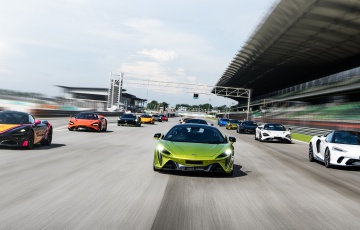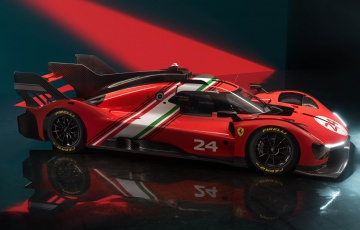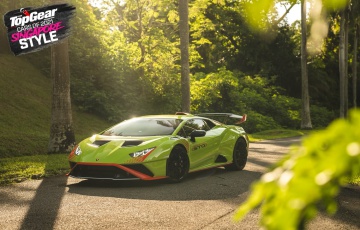Sunny Delight: A Day in a Rather Special Talbot Sunbeam
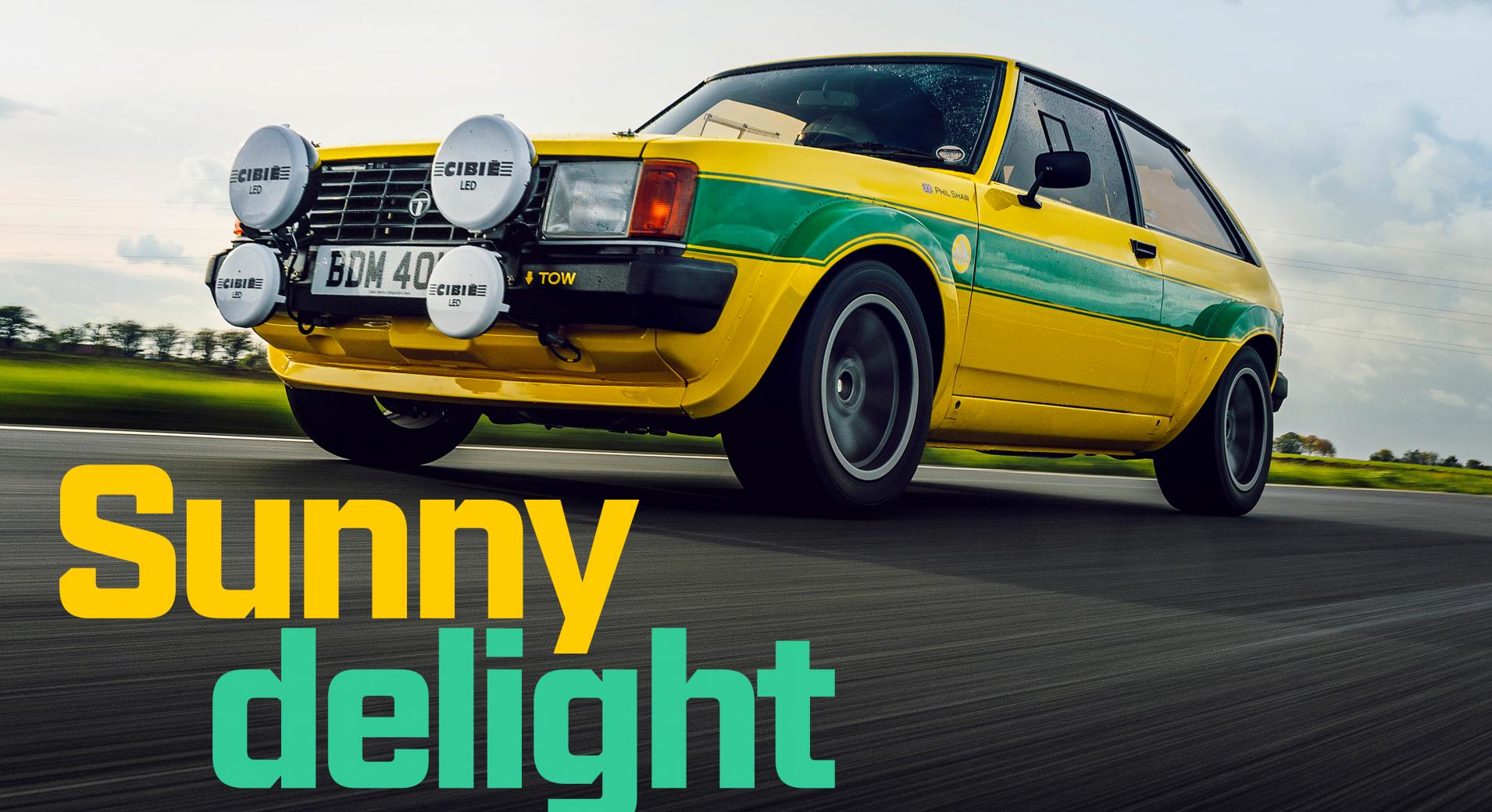
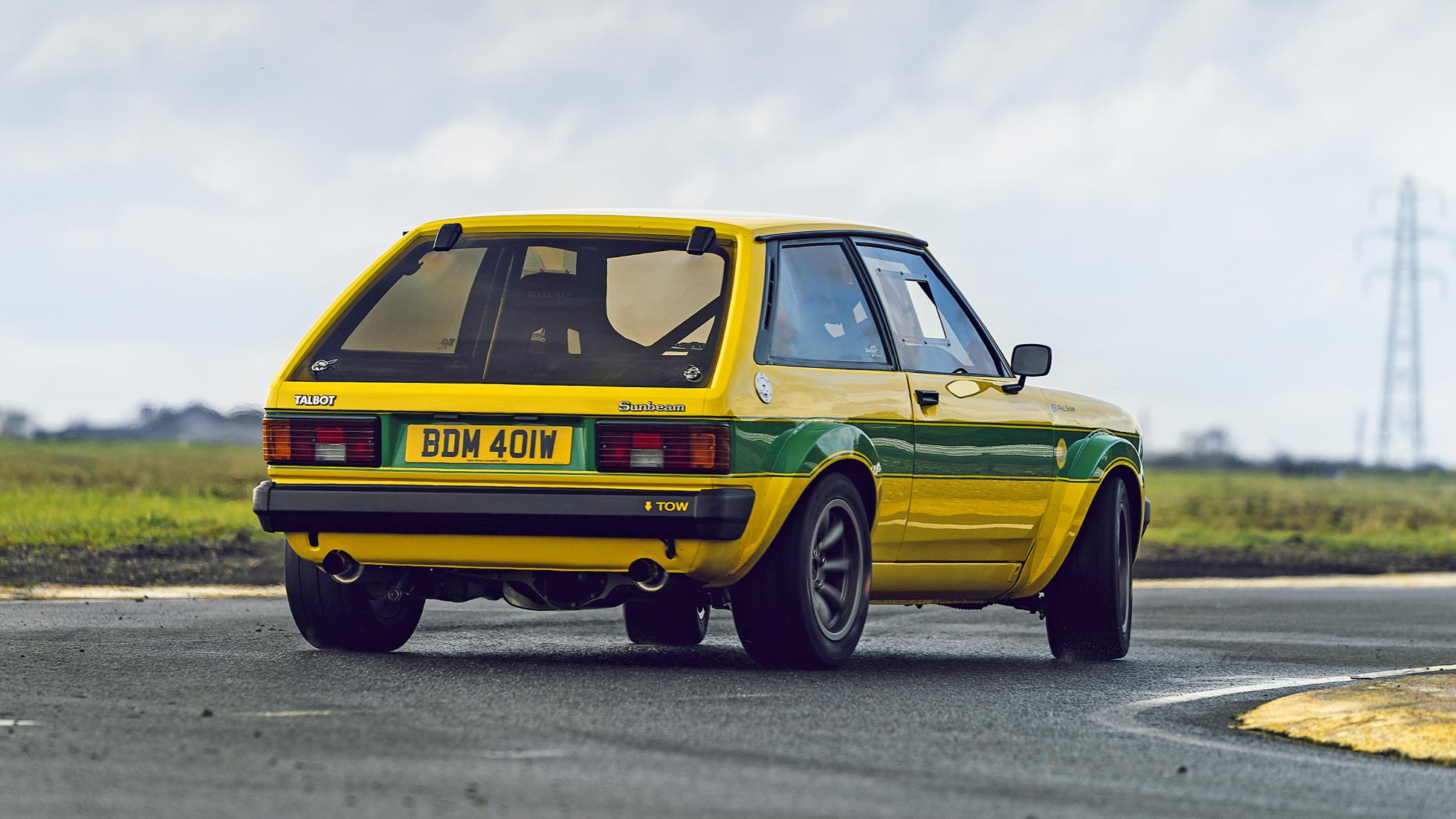
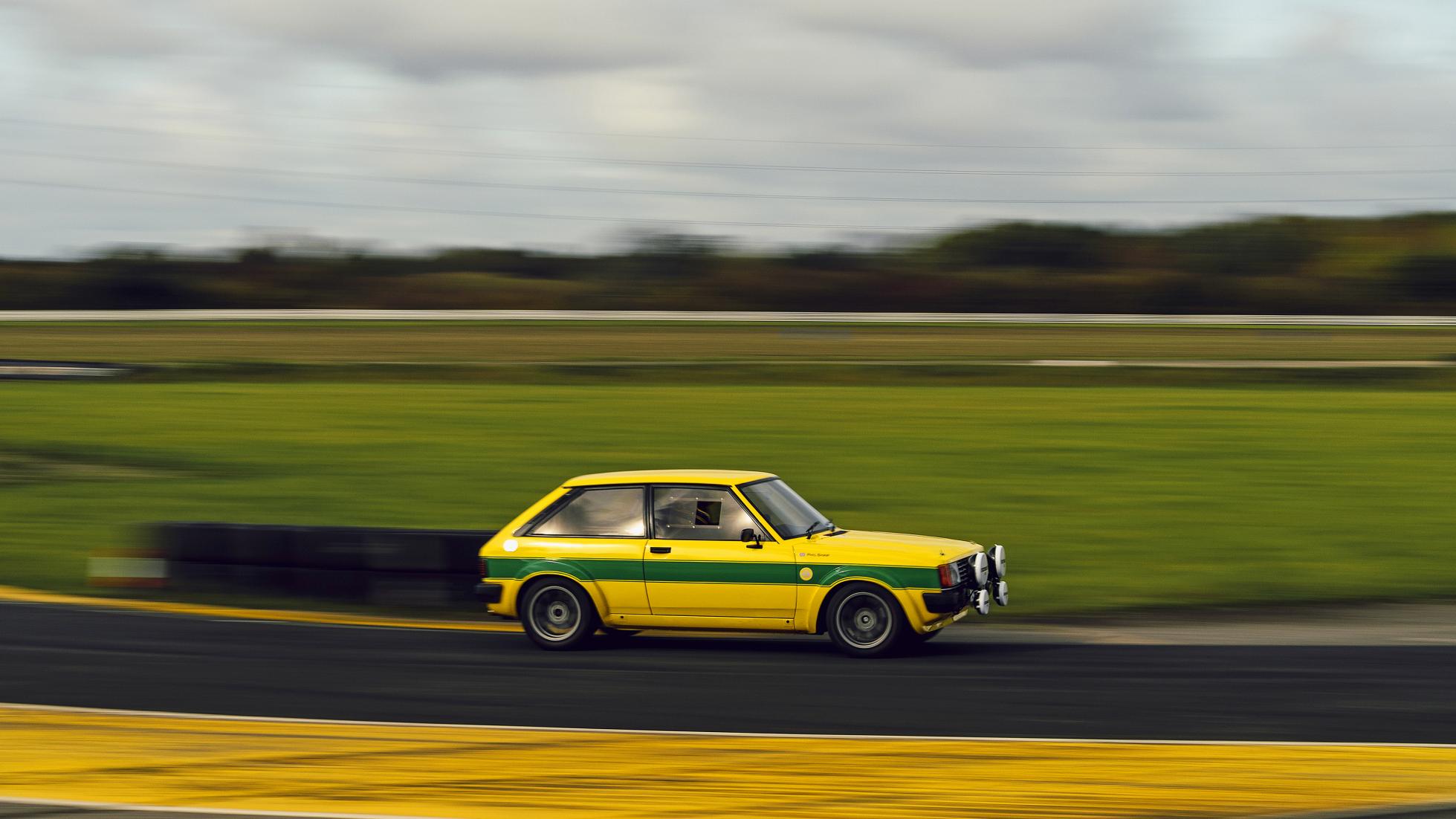
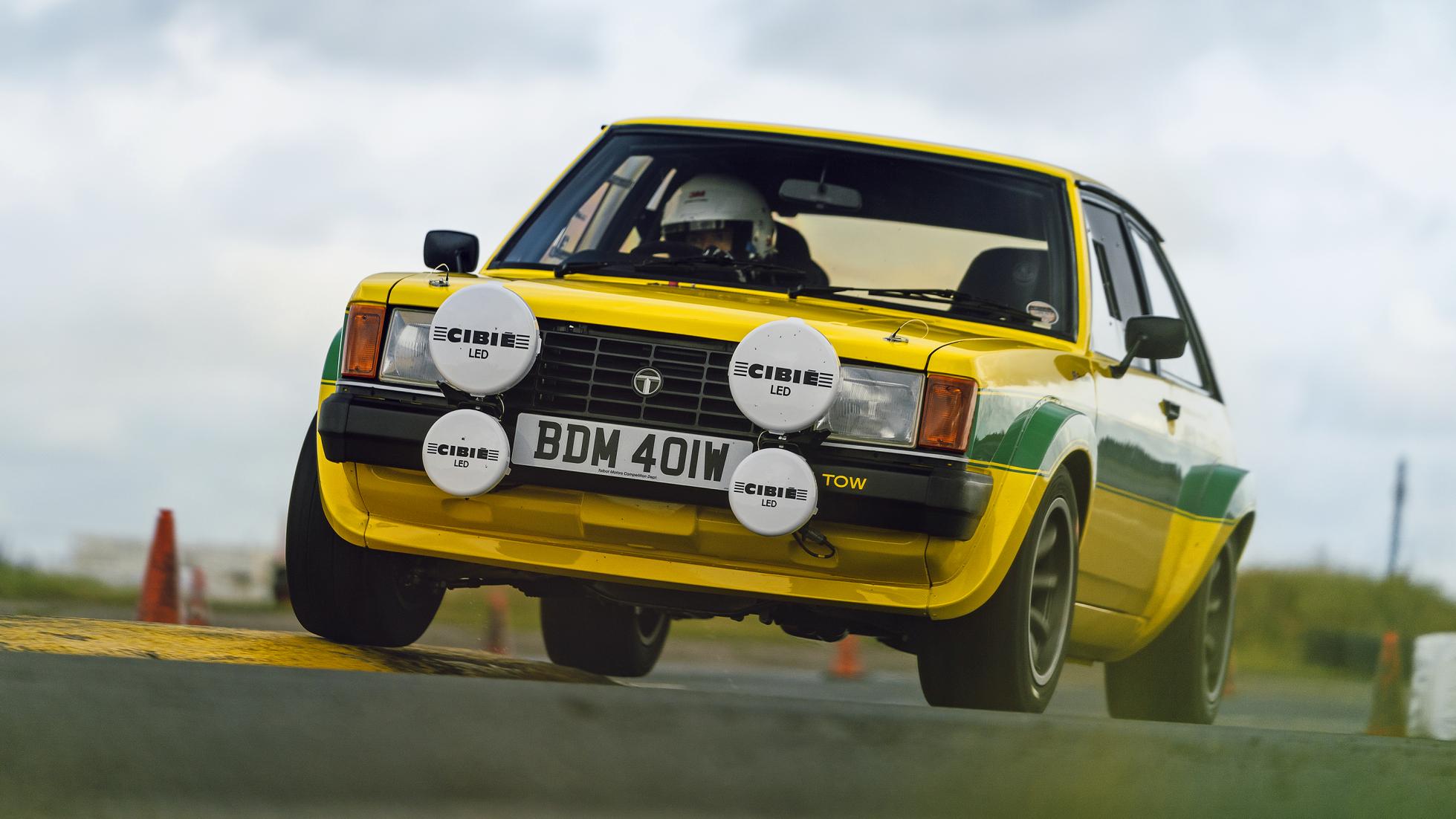
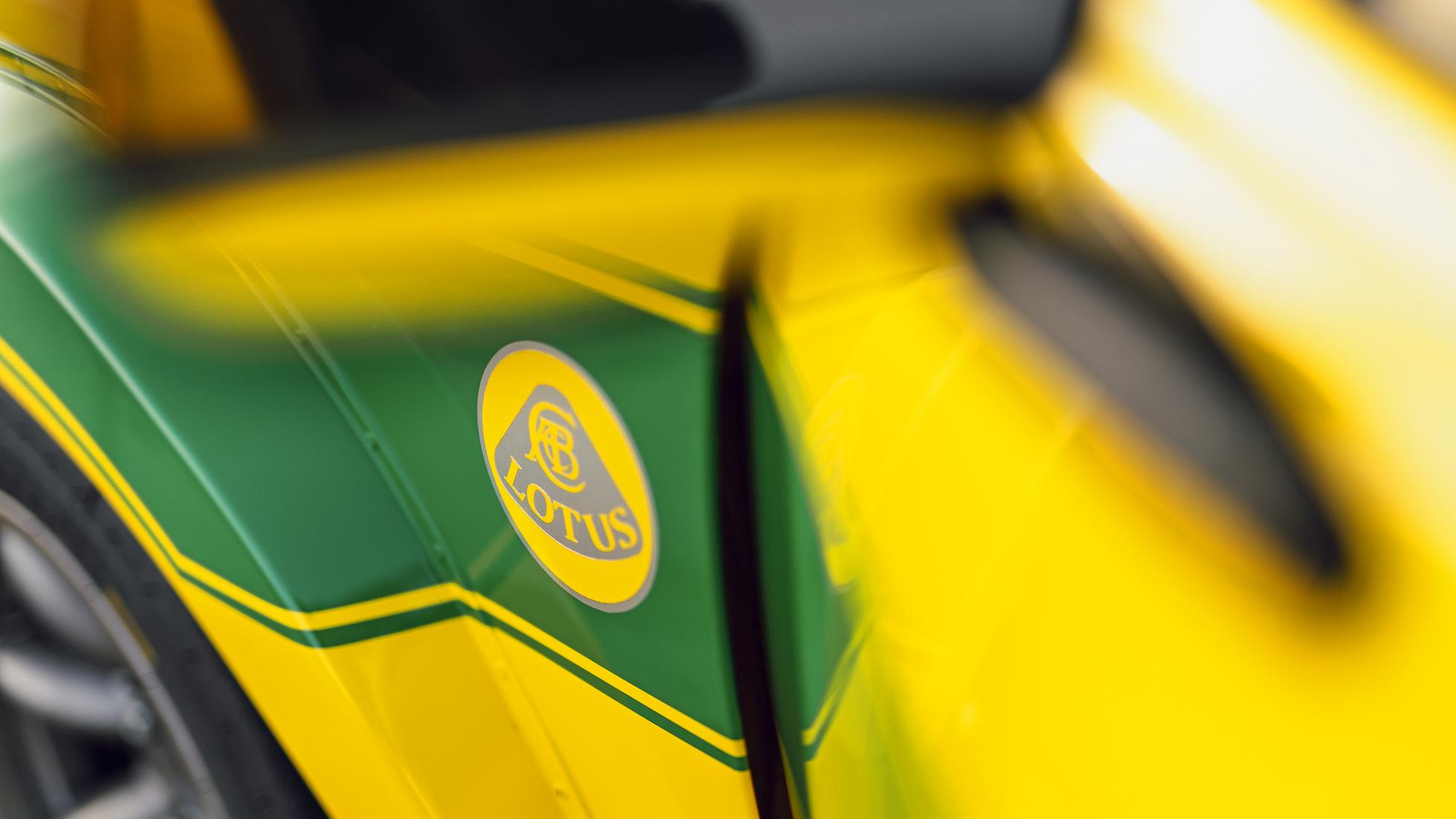
The Talbot Sunbeam Lotus was the last gasp of the bygone era that gave way to Group B rallying
I want to tell you a story. It’s not a particularly happy one, given that we’re heading back to the late Seventies and talking about the British motor industry, but you can’t tell the fabulously convoluted story of the Lotus Sunbeam without pulling at the withered ties that bind it into British, French and American automotive history.
It starts with the Hillman Avenger, although at the time, it was known as the Chrysler Avenger, the British Rootes Group (a conglomeration of old names including Humber, Hillman and Singer) having been bought by the US corporation.
This was 1976, and things were dire. Especially so at the Linwood plant in Glasgow, where the Hillman Imp had been built. Well, I say built, but given the car’s reputation, let’s go for loosely assembled instead. Chrysler wanted to close up, the British government was desperate it didn’t, so funded the all-new Sunbeam.
Words: Ollie Marriage // Photography: Jordan Butters
All-new in this instance meaning an Avenger with four inches removed from the wheelbase and a new-fangled hatchback body. It didn’t have that other new-fangled thing other marques such as VW were banging on about – front-wheel drive.
It didn’t take Chrysler long to realise it’d bought a particularly rusty can of worms. In 1979 it sold Chrysler Europe to Peugeot for $1, lobbing in all the debts and liabilities with it.
However, in a little workshop in Coventry, a man called Des O’Dell had seen something in the Sunbeam. The competition department boss had had some success campaigning rally versions of the Avenger, and saw this newly abbreviated hatch as just the thing to take on the dominant Ford Escorts. However, he needed an engine, as the fruitiest 1.6 available wasn’t going to do the necessary.
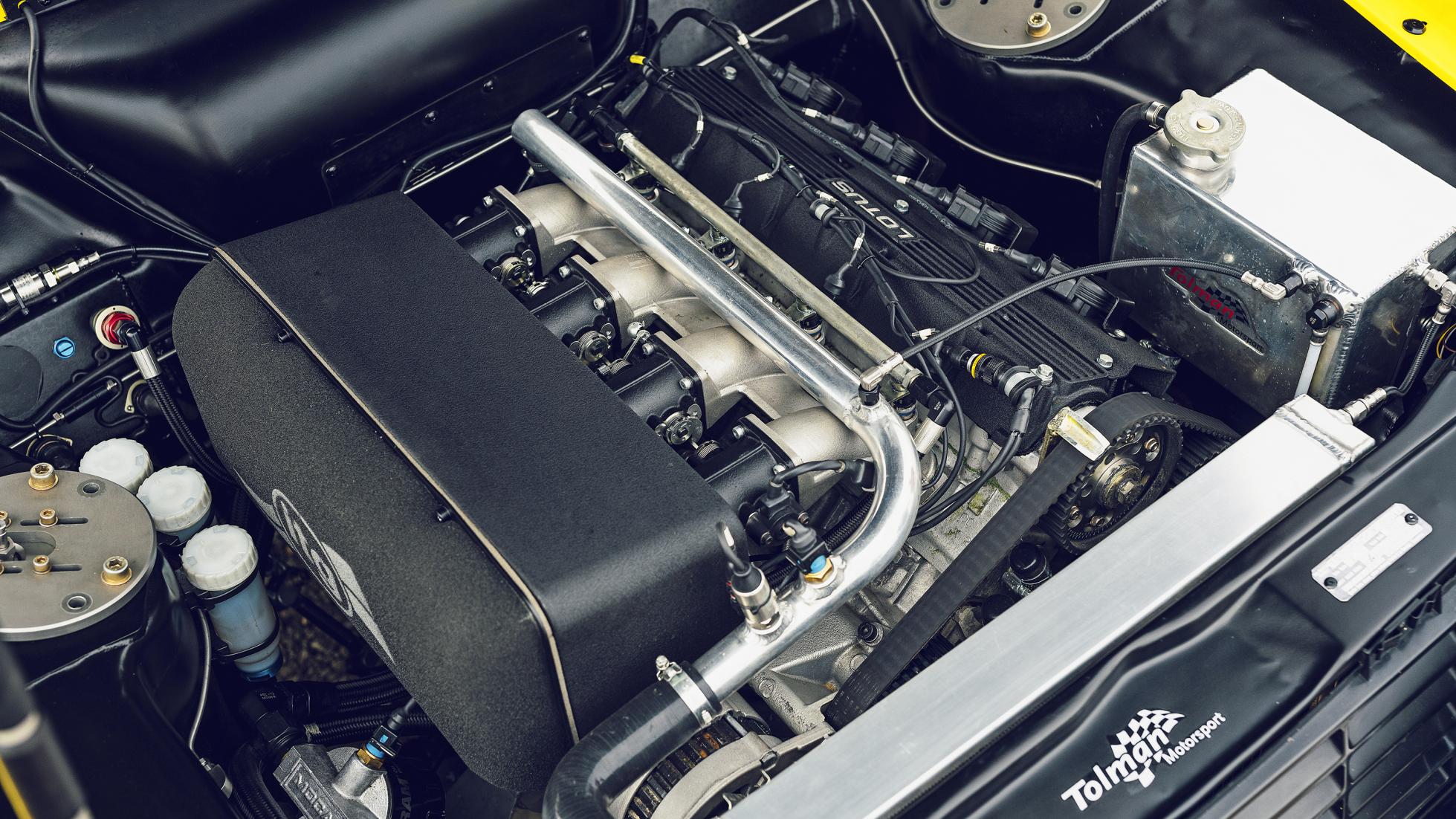
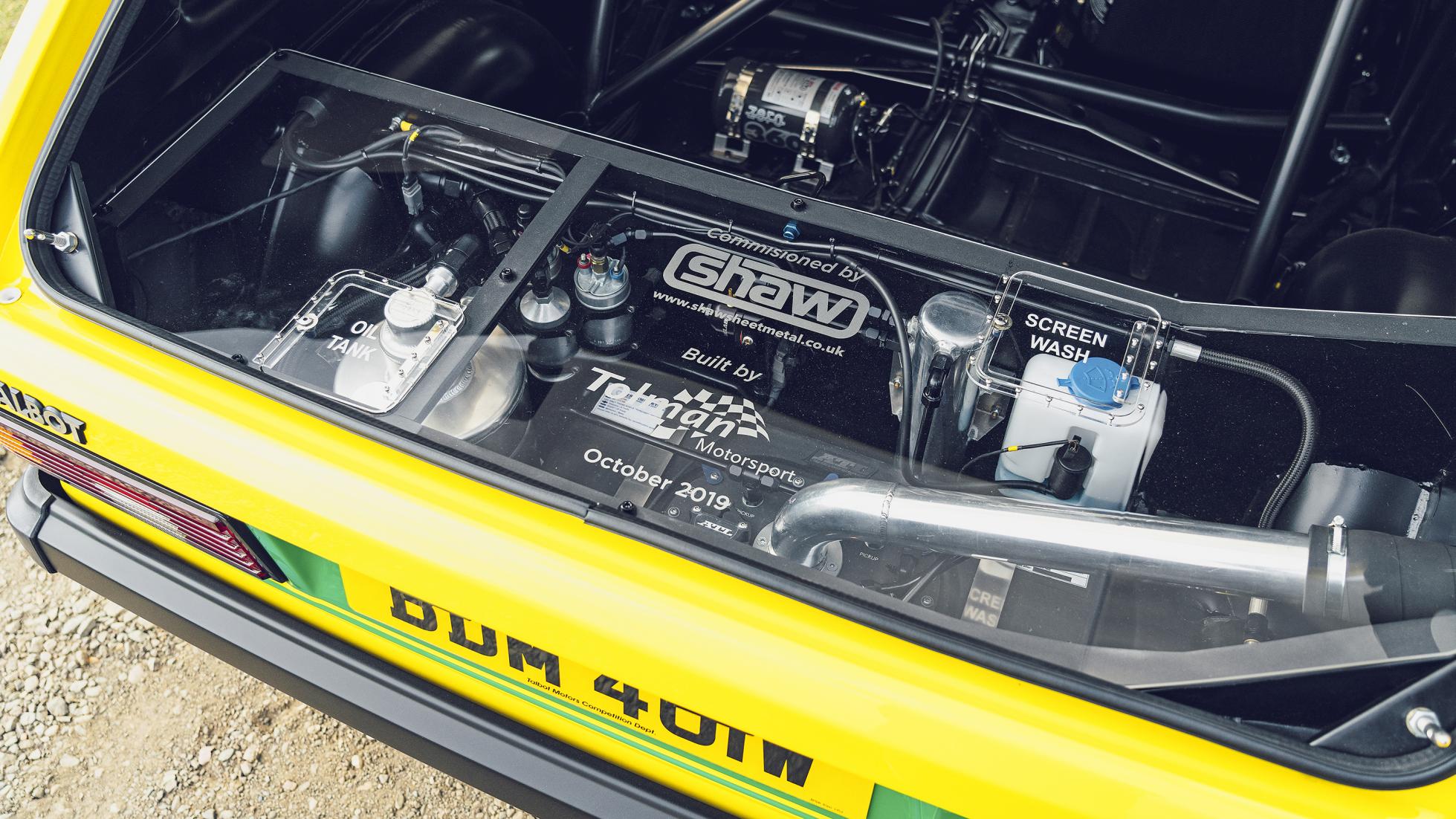
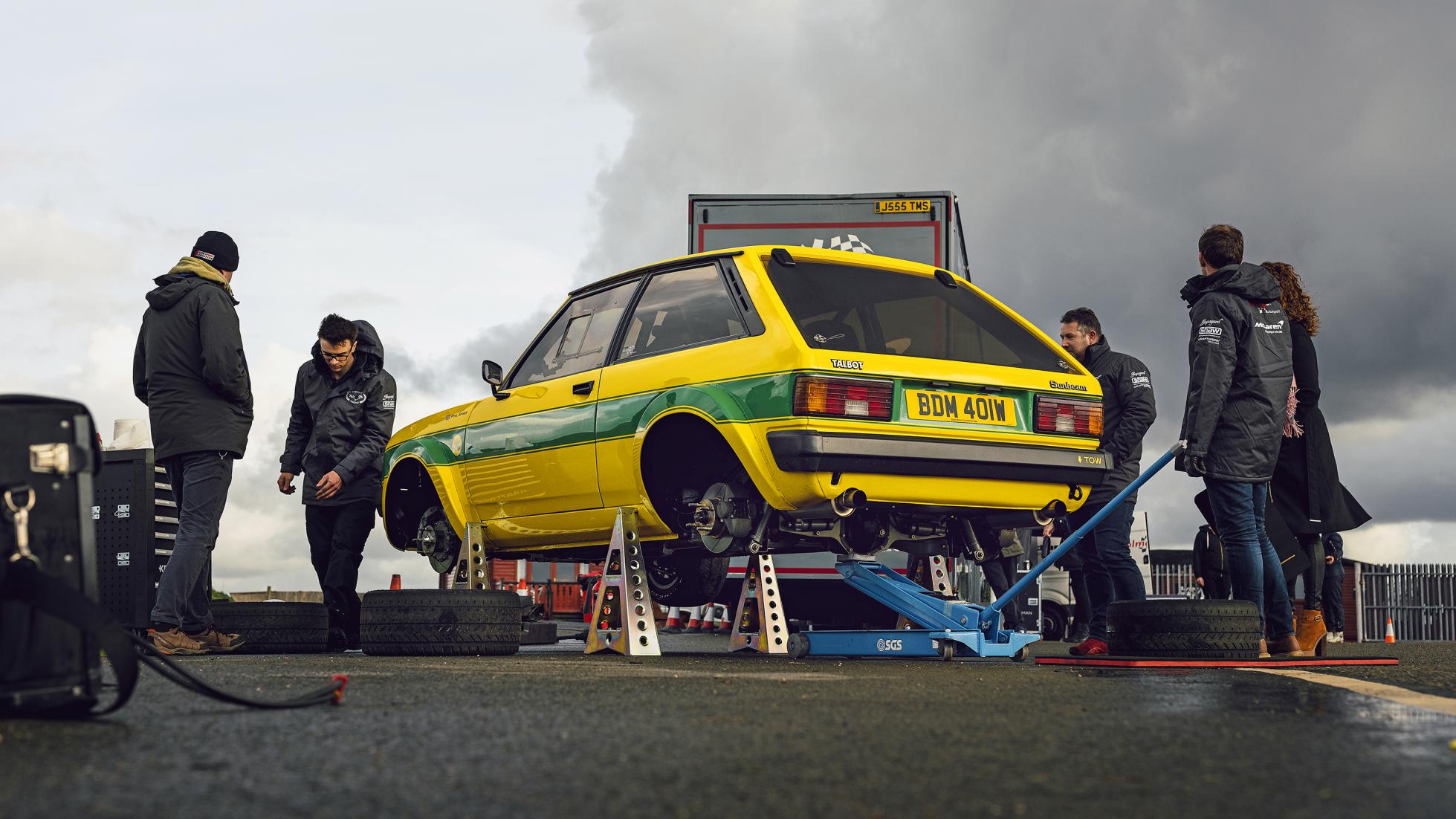
Happily, Lotus was looking for a home for its 2.2-litre Twincam. It was just the ticket: 150bhp for the roadgoing homologation cars needed, but around 250bhp in rally tune. The Talbot Sunbeam Lotus was born, an old Rootes Group badge resurrected. Everyone imagines Lotus then took over and did the work to make the rallying Sunbeam competitive.
Er, no. The 960kg road car, of which 1,184 were built, had more Lotus input, the rally car not so much. Engine and exhaust, yes, even a little suspension work, but beyond that the Sunbeam was… let’s call it a Hillman project. Ownership had changed but the people hadn’t and much Avenger know-how was carried over.
The Sunbeam was in a different league, though. Instantly competitive, on its first outing at the 1979 San Remo rally it finished fourth in the hands of Tony Pond. In 1980 the upward trajectory continued, firstly a podium in Portugal and an RAC Rally win thanks to talented Finn Henri Toivonen – at 24, the youngest WRC winner ever (the record stood for 28 years). The other cars finished third and fourth in what would be the Sunbeam’s best result.
But 1981 delivered across the season – largely thanks to the consistency of Frenchman Guy Frequelin, who finished ahead of the more mercurial Toivonen. But not first. Although Talbot won the manufacturers’ title, the drivers’ prize went to Ari Vatanen in, yes, an Escort.
As history tells it, 1981 wasn’t about Talbot or Ford, but a car thought too big and heavy to be competitive, the Audi Quattro. After 1983 no rear-wheel-drive car would win a title – 4WD had arrived.
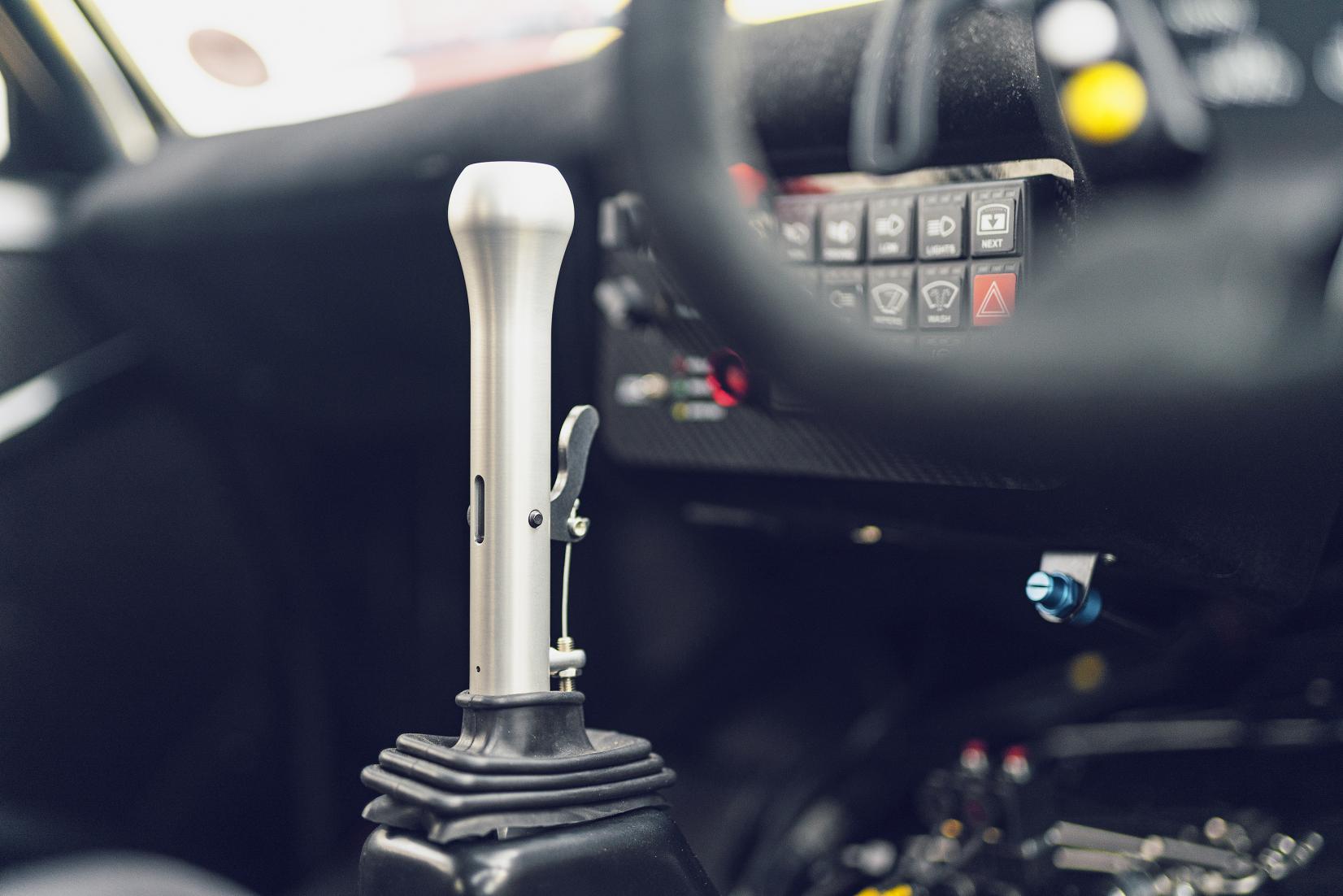
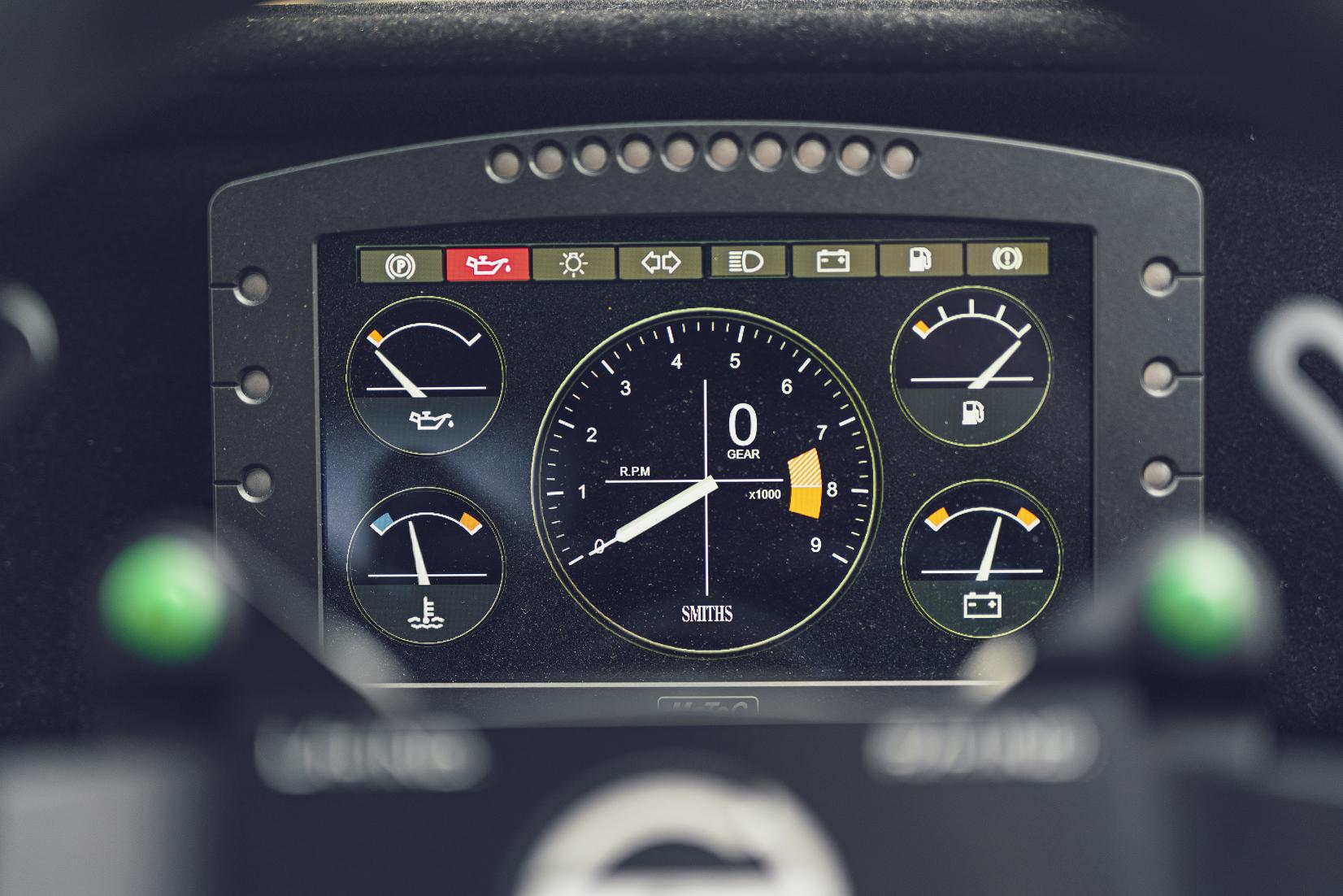
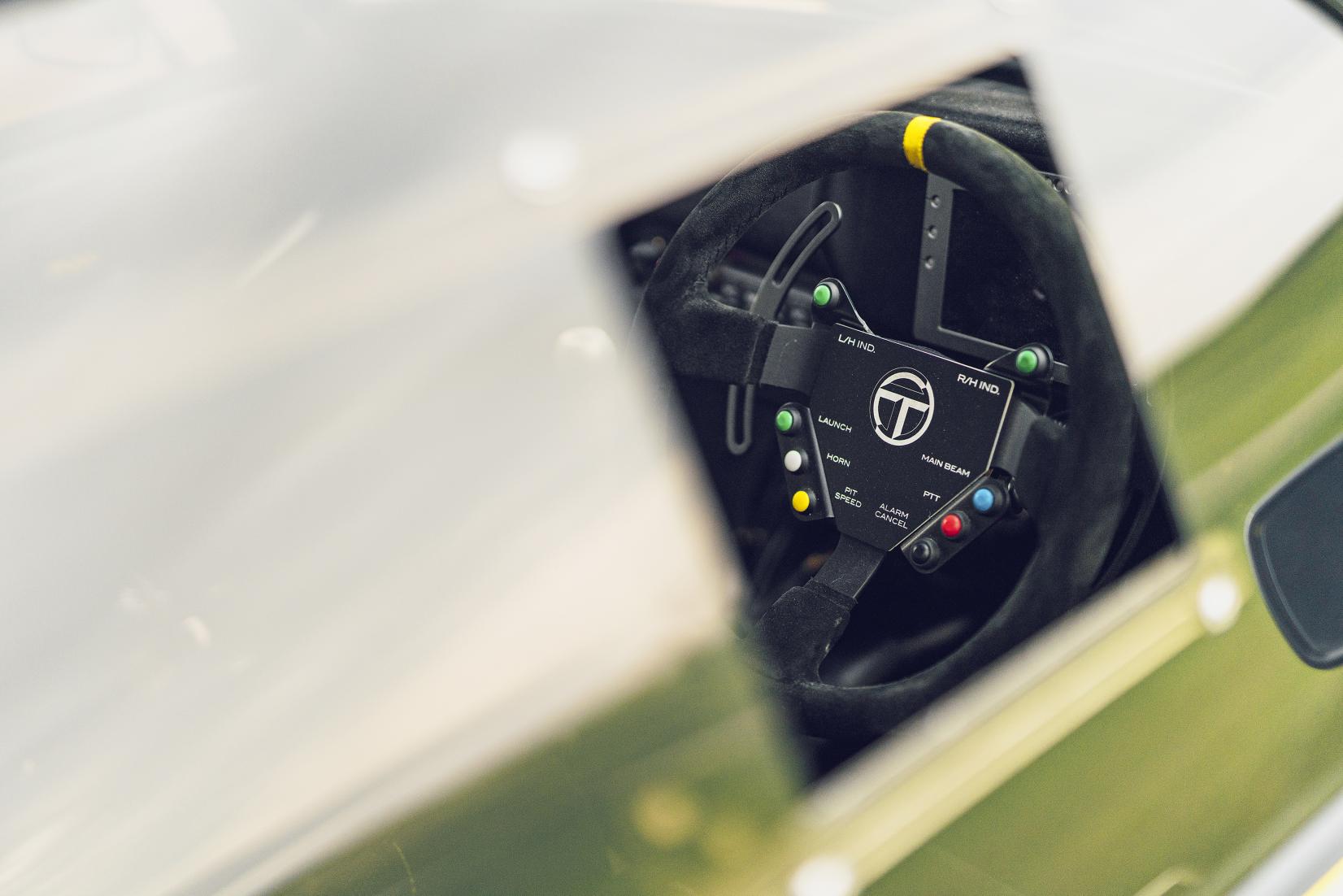
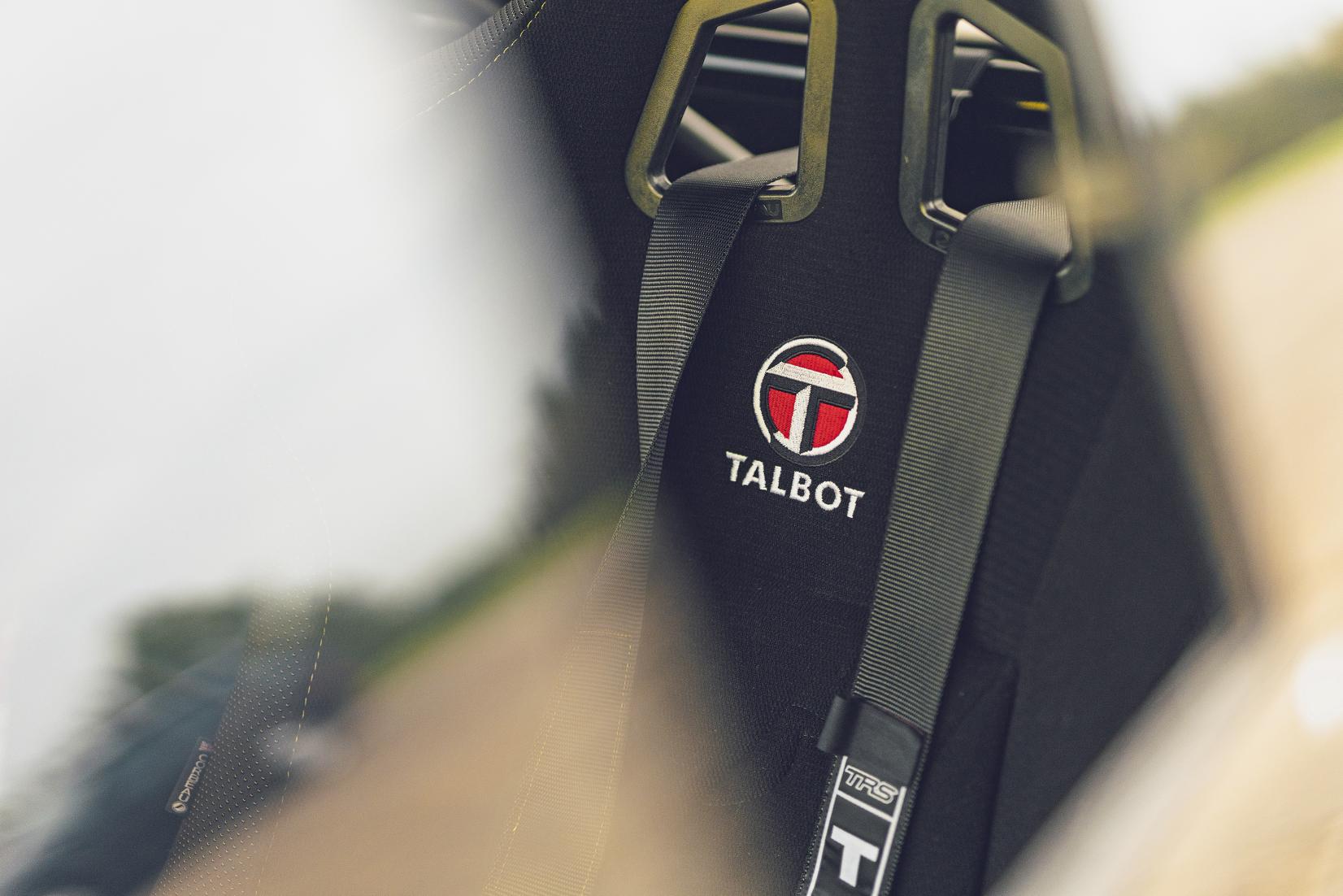
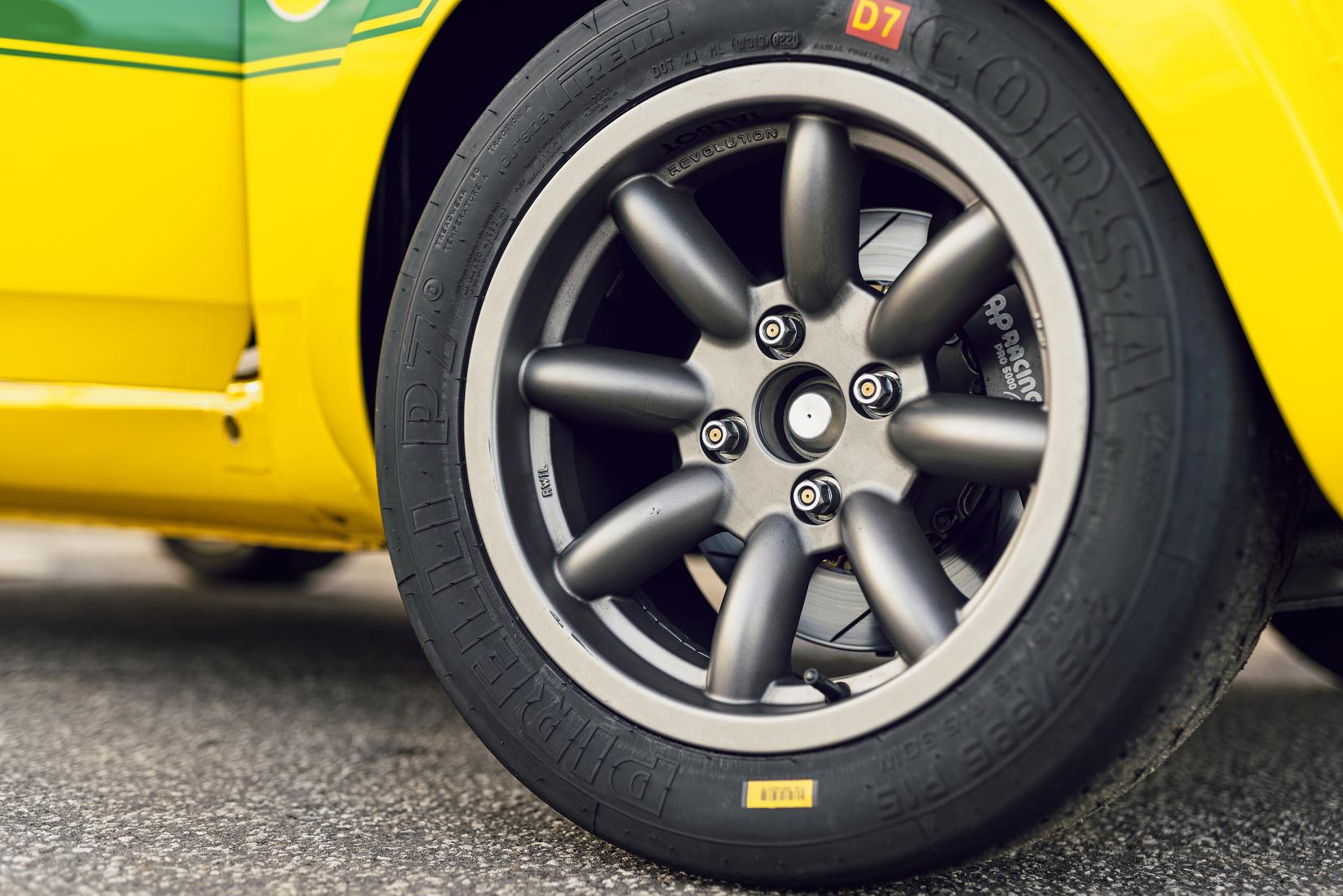
Maybe it would have been a different story if Frequelin and Toivonen had had this particular Sunbeam. Because what you see here is not a nut-and-bolt restoration, but an ‘in a perfect world’ enhancement. Tolman Motorsport, the firm that did the work, describes it as a ‘non-invasive re-creation’.
Because 40 years ago, tech didn’t stretch to a pneumatically operated 6spd sequential gearbox or three-way adjustable Nitron dampers. The shell is original, although strengthened, the body still mainly steel and the engine – built by the same chap who did the Sunbeam’s competition engines 40 years ago – now has twin injectors and individual throttle bodies. Power is up to about 260bhp total, and though the wheels look the same, they’re inch-larger 15s to fit bigger AP Racing brakes.
Outwardly it looks original, but open the door and take in the digital dash, sequential lever, carbon seats, gorgeous pedal box. Then you learn it has traction control, different engine maps and launch control, and you realise it’s far more bespoke.
And the quality is off the charts. Features such as the colour-coded stitching, the neat fluid fillers under a polycarbonate cover in the boot, the general attention to detail – it’s all too good for rallying.
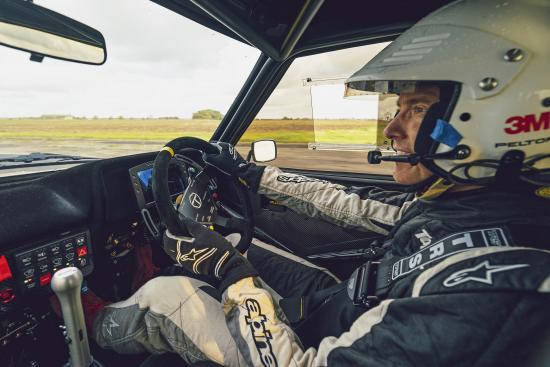
The eagerness with which the Sunbeam launches itself at the circuit, short, squat, angry and snorting, is all-consuming. It’s furiously energetic, largely because the gearing is so short and the noise so… present. It’s the sound of Seventies rallying, a highly strung nat-asp four-cylinder constantly jackhammering at high revs.
There’s not a moment to relax. The rear axle feels like it’s under your bum, and the front only just beyond your feet. As set up, the steering is a bit of a reach, so I’m sat high and straight-armed, looking down a low bonnet. And it’s physical, I’m wrestling it around. There’s loads of mechanical grip, the wheel is wriggling and writhing in my hands. Hard to tell if I’m steering it, or it’s steering me.
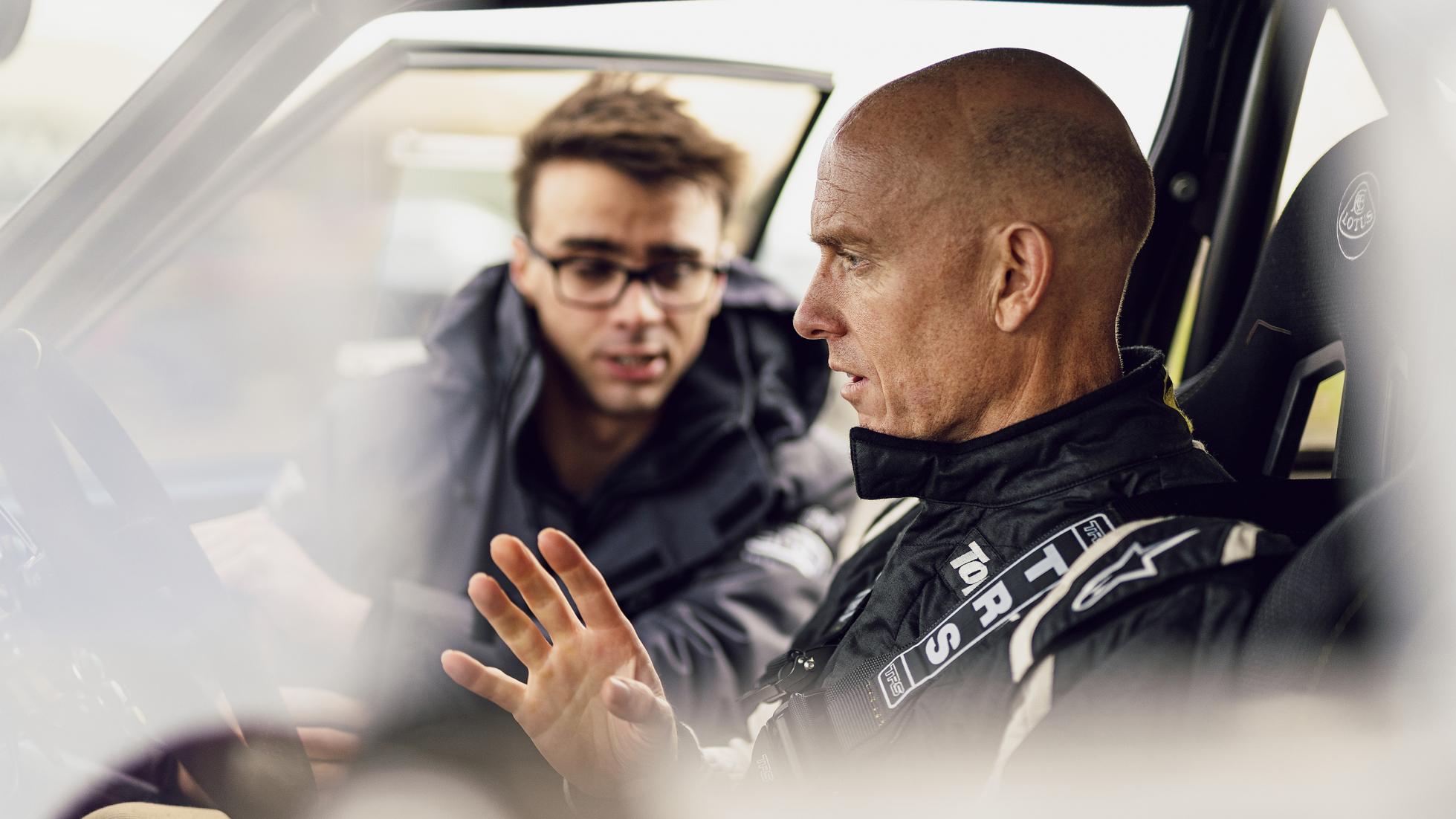
One thing’s certain, you have to be on top of it, bully it into a corner. But don’t brake too late, or the rear will try to overtake the front. Let all four wheels find grip, balance the throttle and don’t try to get the power down too soon.
With zero lag, that brief wheelbase, and what turns out to be a very tight rear differential, you’ll immediately find yourself with an armful of opposite lock – it steers from the back as readily as the front.
You can feed the angle on and off with practice and appreciate how taut and agile it is. But boy does it keep you busy. There’s never a second when I’m not jabbing at throttle, brakes, gears or steering.
Back then the RAC was an 1,800-mile, five-day event. Just imagine. Group B may have set a new direction, but back then it must have been physicality as much as ability that got you through.
For the team behind the Sunbeam, who’d witnessed the car’s challenging gestation and fought so hard, those wins at the turn of the Eighties must have been wild. They were, however, the end.






